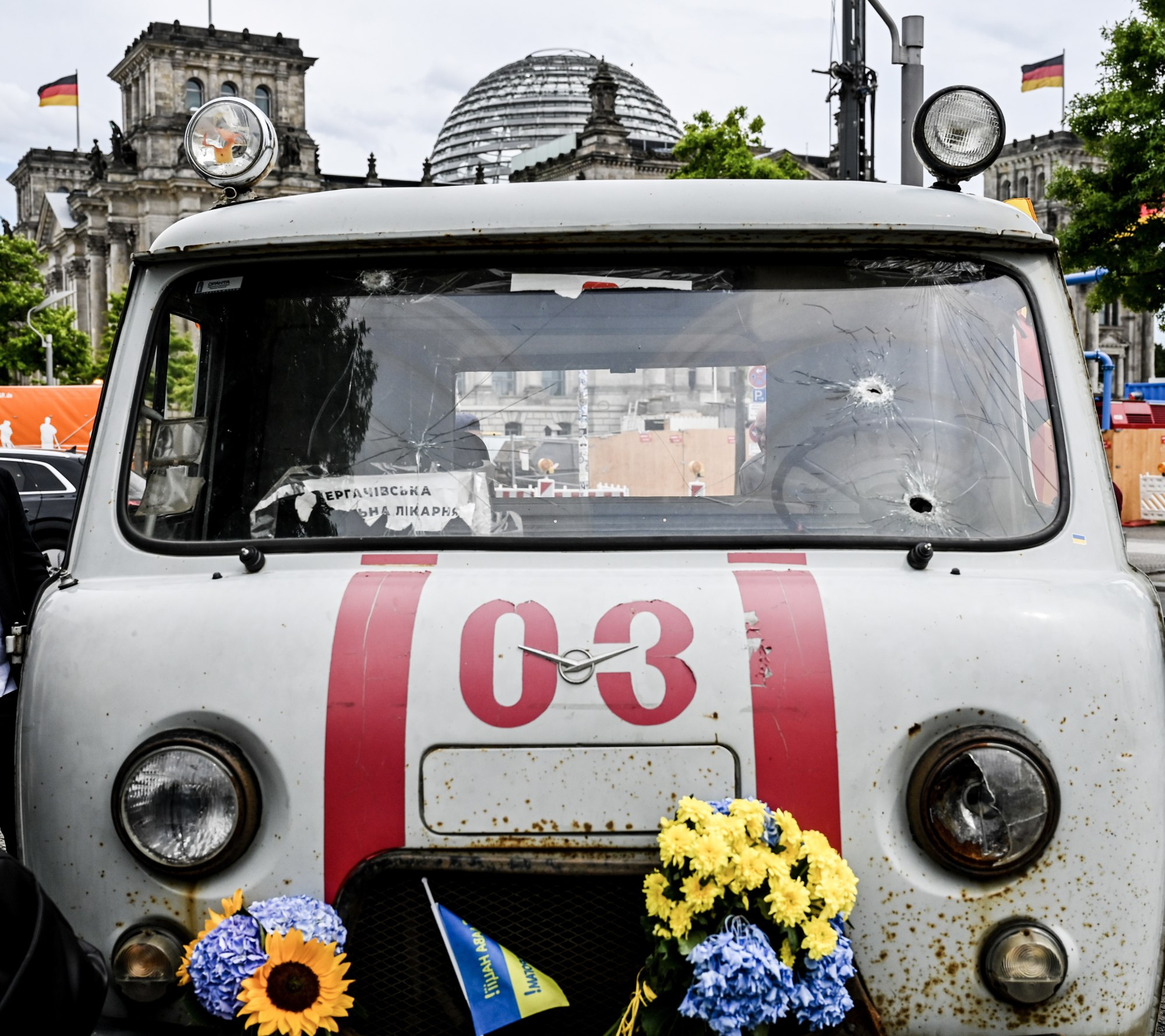
Ukraine war: fading support and internal divisions must push Nato to negotiating table
- Nato must realise Ukraine is not in a position where it can liberate its entire territory and successfully join the alliance at the end of the war
- Commitments of support to Kyiv must also come with an acknowledgement of Russia’s security interests
Despite frequent diplomatic discussions, Nato has yet to take a nuanced approach to resolving one of the most significant conflicts in Europe since World War II. While the meetings signal member states recognise the need for a solution, persistent deadlocks indicate a need for more progress.
The matter of Ukraine’s security should now be considered within a post-war framework on what EU-Russian relations should be like, which is vital, as public support for the war outside Ukraine is increasingly in question.
Fewer than half of US respondents – 48 per cent – to an Associated Press poll in February said they supported providing weapons to Ukraine, down from 60 per cent in May 2022, while 29 per cent were opposed. Polling in Europe last December showed 50 per cent support for providing Ukraine with arms, down from 56 per cent that March, with support dipping to 48 per cent in Germany and 36 per cent in Italy.

Despite providing a supply of quality weapons, Nato must realise Kyiv is not in a position where it can liberate its entire territory and successfully join the alliance at the end of the war. Instead, its best chance of maximising its ability to exist and enter Nato will come from being partitioned along the Dnieper River and admitted into the alliance thereafter.
Seeking admission in Ukraine’s current state will cause the need for a serious revaluation on the interpretation of Article 5 and prevent a full-scale war against Russia. Some allies are looking to transform Ukraine into a bulwark against Russia by granting special defence agreements along the Israeli model but stopping short of giving it full Nato membership.
Israel has a 10-year defence agreement with the US which allows it to receive a steady supply of arms and ammunition in preparation for any potential conflict. Israel will receive US$38 billion from the US as part of its current agreement, and a similar model could be employed in Ukraine. Such an act would provide a well-defined support apparatus and prevent the war from being drawn out, as intended by Moscow.
This would help salvage support in Europe and allow an end-goal to the conflict. For the people of Ukraine, however, promises of security have historically been in vain.
It is important to note that in 1994, the US persuaded Ukraine, with assurances from Britain, to give up its 5,000 Soviet-era nuclear weapons. To thwart Moscow’s increasing hostility, the agreements put in place must be robust enough to serve as a credible deterrent.

Such strategies demand a sincere commitment to Ukraine and – as much as some Nato allies might not wish to – an acknowledgement of Russia’s security interests, to prevent such a conflict from happening again. The objective shouldn’t be arming Ukraine to the brim or forcing its admission into Nato as an act of defiance against Russia.
Instead, it should establish a sustainable security infrastructure that withstands both current and historical geopolitical pressures. This necessitates a change in attitude, one that replaces diplomatic deadlocks with decisiveness. A failure to do so will brew discontent among the European public, derailing the commitment to Ukraine.
Sameed Basha is a defence and political analyst with a master’s degree in international relations from Deakin University, Australia

